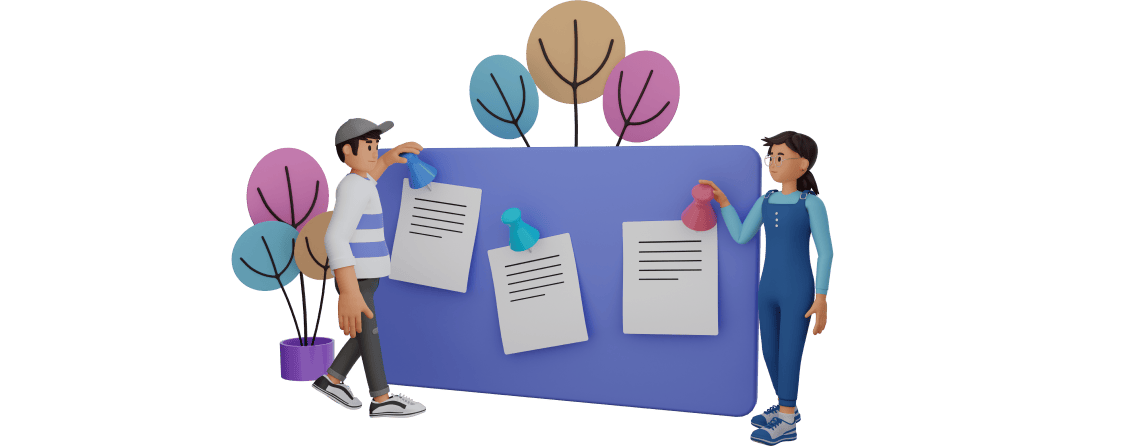
Onboarding is a process which aims to familiarize new employee with procedures, systems and policies of the company he or she is going to work in. It also includes introducing to colleagues and management, plus assignment of a mentor who will help the new employee with adaptation.
Here are some tips from our mentors about how to conduct an effective onboarding
Make an adaptation program. Prepare permissions to the database and servers, create a working email, add an employee to working communication channels. Prepare a plan of work during the trial period. Inform the team about the new employee.
Familiarize the employee with the duties. Send the newbie a letter with detailed description of his responsibilities. Talk about everything that may not be clear, establish the terms in which tasks need to be completed, talk about your expectations. The employee should clearly understand his role in the processes of the company.
Appoint a mentor. This person will help the new employee to adapt faster, will introduce him to the team and company culture, will be able to answer all questions and help with tasks at the initial stages.
Provide the tools. Ask whether your new employee has all the equipment and programs needed for work. Maybe your newbie is a tester who needs more software testing devices than he used at his previous place of work. If he has an old computer that freezes from time to time, help to solve this problem by involving a system administrator.
Plan regular meetings. Regular communication is the key to success. During the first weeks of work, ask how newbie feels in the team, what he has already learned, whether the mentor pays enough attention and how relationships with colleagues are developing in general.
Find out what work the employee can already perform independently, and what still needs to be mastered. Give answers to questions if something remains unclear. Try to identify factors that can negatively affect the newcomer's mood and work, and help him solve these problems.
Load the beginner gradually. At first, assign easier tasks, start with the basics. When you see that the employee has figured everything out, feel free to give more difficult tasks. In case he is not managing well, ask the mentor to help.
Don’t forget to give feedback, it is important for a newcomer to understand whether he is doing everything right. Praise for good work. It is a good way to increase the confidence and motivate your new employee. But in case he is not performing well, explain what needs to be improved.
Quality onboarding will not only help your newcomer adapt easier, but will also increase his productivity and satisfaction from work.